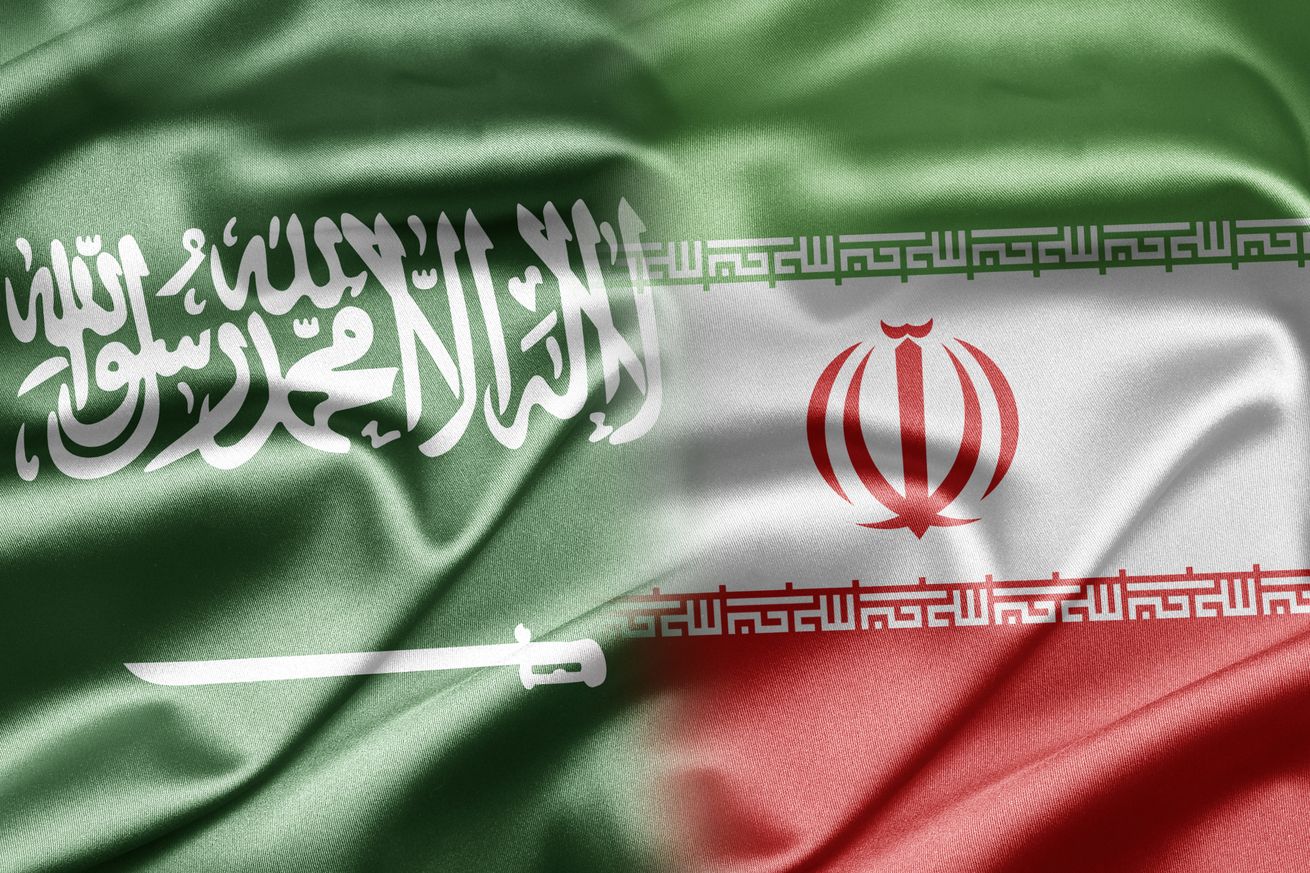Saudi Arabia and Iran are waging a proxy war for dominance of the Middle East and the broader Muslim world that is playing out on battlefields from Yemen to Syria.
This past week, though, the hottest front in the Saudi-Iran cold war wasn’t in some war-torn country in the Middle East. It was on Twitter and in the pages of one of the world’s leading newspapers.
Over the past several days, the two countries have engaged in an escalating series of tit-for-tat attacks in the press and on social media, accusing each other of being terrorists, murderers, purveyors of sectarian hatred, and not real Muslims.
On Tuesday, the New York Times published a scathing op-ed by Iranian Foreign Minister Mohammad Javad Zarif in which Tehran’s top diplomat argues that “the key driver of violence” in the Middle East has been Wahhabism, the “extremist ideology promoted by Saudi Arabia.” Zarif writes, “[T]he worst bloodshed in the region is caused by Wahhabists fighting fellow Arabs and murdering fellow Sunnis.”
In response, the Twitter account of the Saudi Embassy in the US put out a series of tweets with infographics (and one six-second Vine video) documenting the various sins of the Iranian regime over the years:
Iran has a well-documented history of aggression, watch 37 years of hostile action in just 6 seconds https://t.co/xRv26uU08z— Saudi Embassy (@SaudiEmbassyUSA) September 15, 2016
FACT: Iran has supported terrorism all over the world pic.twitter.com/x6xDfEbt13— Saudi Embassy (@SaudiEmbassyUSA) September 15, 2016
FACT: Iran is the largest distributor of IED explosives in the world pic.twitter.com/2MJn4A5F6a— Saudi Embassy (@SaudiEmbassyUSA) September 15, 2016
FACT: Iran has repeatedly attacked embassies in violation of international law pic.twitter.com/aqqUiyXTXu— Saudi Embassy (@SaudiEmbassyUSA) September 15, 2016
What the most recent fight is over
At last year’s hajj, the annual Islamic pilgrimage to Mecca, more than 2,400 people were killed in a stampede, including more than 460 Iranians. Before most of the victims had even been identified, Iranian leaders issued statements blaming the Saudis for the accident.
Iranian Supreme Leader Ayatollah Khamenei stated, “The Saudi government is obliged to accept its heavy responsibility in this bitter incident and meet its obligations in compliance with the rule of righteousness and fairness; mismanagement and improper measures that were behind this tragedy should not be undermined,” and declared three days of mourning for the victims of the stampede.
The fight has bled into this year’s hajj. Last Monday, Khamenei issued a blistering statement on his website blaming the “heartless and murderous Saudis” for the stampede last year and suggesting they may even have caused the stampede on purpose:
Saudi rulers were at fault in both cases. This is what all those present, observers and technical analysts agree upon. Some experts maintain that the events were premeditated. The hesitation and failure to rescue the half-dead and injured people, whose enthusiastic souls and enthralled hearts were accompanying their praying tongues on Eid ul-Adha, is also obvious and incontrovertible. The heartless and murderous Saudis locked up the injured with the dead in containers- instead of providing medical treatment and helping them or at least quenching their thirst. They murdered them.
Not to be outdone, Saudi Arabia’s top religious leader struck back, accusing the Iranians of being pagan fire worshipers, not Muslims. From Al Jazeera:
In comments to the Makkah newspaper published on Tuesday, Saudi Arabia’s Grand Mufti Abdulaziz Al Sheikh was quoted as saying that Khamenei’s remarks blaming Riyadh for last year’s tragedy were “not surprising” because Iranians are descendants of Magi.
Magi refers to Zoroastrians and those who worship fire. Predating Christianity and Islam, Zoroastrianism was the dominant religion in Persia before the Arab conquest.
“We must understand they are not Muslims, for they are the descendants of Majuws, and their enmity towards Muslims, especially the Sunnis, is very old,” Saudi’s grand mufti said, according to the AP news agency.
Oh, and the Iranians also decided to bar their citizens from attending the hajj at all this year, claiming the Saudis failed to adequately guarantee the safety of Iranian pilgrims and accusing them of having “blocked the proud and faithful Iranian pilgrims’ path to the Beloved’s House [i.e., the Kaaba].” The Saudis, of course, blame the Iranians, arguing that they refused to sign the agreement both sides had reached over this year’s hajj:
“Saudi Arabia does not prevent anyone from performing the religious duty,” the Saudi foreign minister, Adel al-Jubeir, said at a news conference with his visiting British counterpart, Philip Hammond.
“Iran refused to sign the memorandum and was practically demanding the right to hold demonstrations and to have other advantages … that would create chaos during hajj, which is not acceptable,” he added.
Unable to let things end there, Zarif then published his New York Times op-ed on the second-to-last day of hajj, kicking off a whole new round of Twitter vitriol from the Saudis.
What the fight is really over
At base, the fight is over who is the true protector and defender of Muslims: Iran, with its Shia theocratic government, or Saudi Arabia, a monarchy backed by ultra-conservative Sunni clerics.
Both countries see themselves as the rightful leaders of the Muslim world. Saudi Arabia’s claim is pretty strong, as it is both the birthplace of Islam and the “custodian” of the two holiest places in Islam, the Prophet Mohammed’s mosque in Medina and Masjid al-Haram in Mecca.
But when Iran had its Islamic Revolution in 1979, it offered a competing model of Islamic governance that threatened Saudi Arabia’s dominance in the Muslim world
 Geostrategic Media Political Commentary, Analysis, Security, Defense
Geostrategic Media Political Commentary, Analysis, Security, Defense





